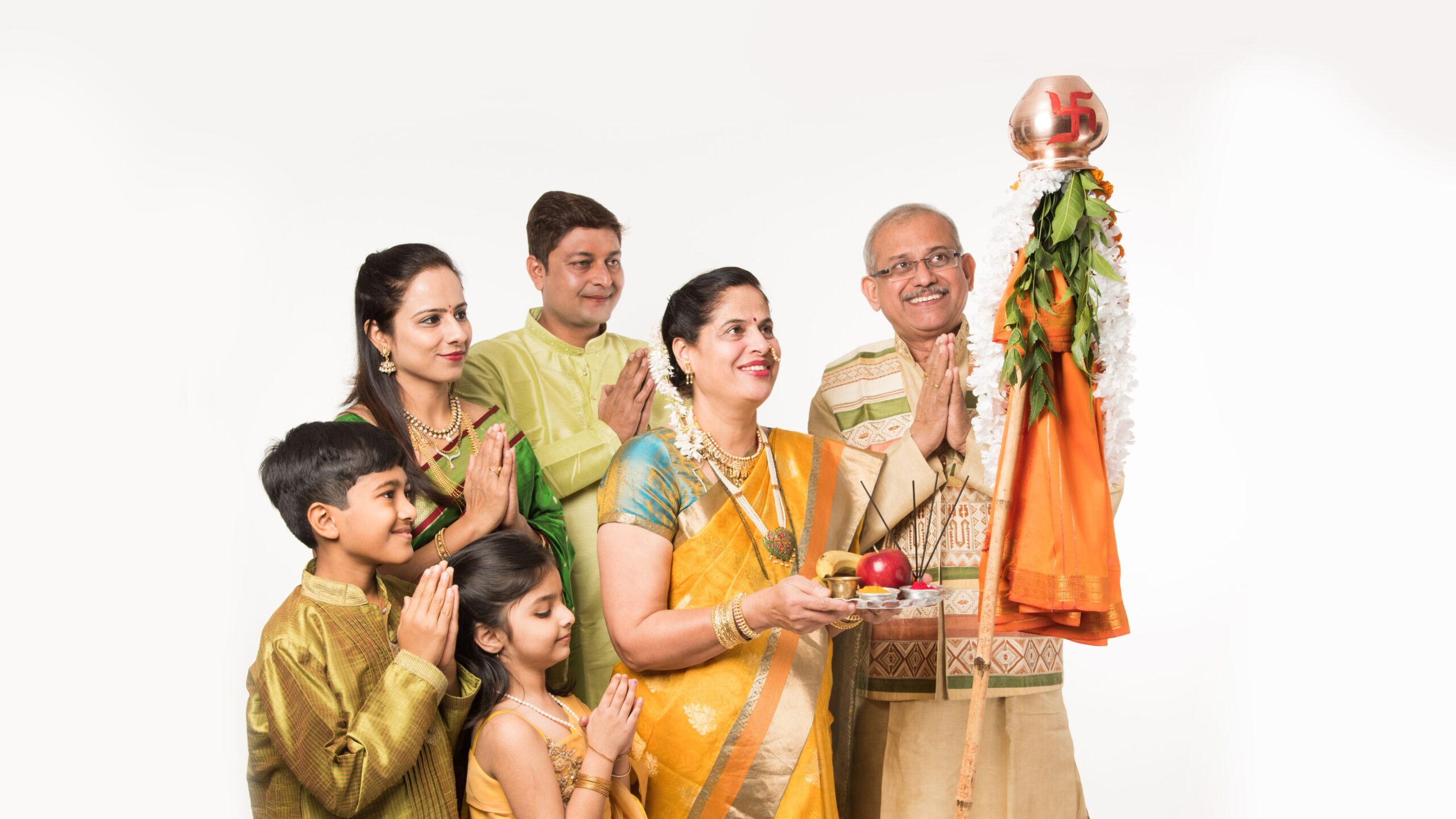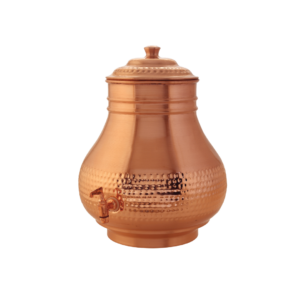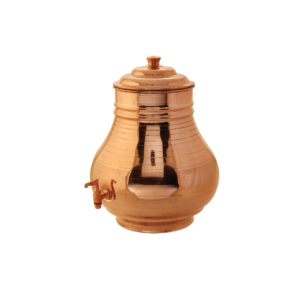
Gudi Padwa is one of those festivals that brings so much joy and energy, and it’s celebrated with a lot of enthusiasm in Maharashtra and other parts of India. It’s the Hindu New Year for people from the Konkan region, and it marks the start of a new season of growth, hope, and fresh beginnings. Whether you’re from Maharashtra or just someone who’s curious about Indian festivals, Gudi Padwa has a lot of stories and traditions that make it so special. Let’s dive into the significance and some of the most interesting tales behind this vibrant celebration.
Gudi Padwa is the first day of the Chaitra month in the Hindu calendar, usually falling in March or April. For people in Maharashtra, Goa, and even some parts of Karnataka, it’s a time to ring in the new year. The name Gudi refers to the flag (or pataka) that’s hoisted outside homes, and Padwa refers to the first day of the lunar year. But the celebration is much more than just a new calendar start—it’s about honoring victories, traditions, and the start of the rabi harvest season.
The most iconic part of Gudi Padwa celebrations is the Gudi itself—a colorful flag attached to a pole, topped with a copper or silver pot, and decorated with neem leaves, flowers, and bright cloth. People hang it outside their homes to invite good fortune and positive energy into the year ahead.
It’s more than just about the new year; Gudi Padwa carries a lot of symbolic meaning and significance. Here’s a quick breakdown:
One of the main reasons behind hoisting the Gudi is to celebrate the triumph of good over evil. In some legends, it’s said to represent Lord Rama’s return to Ayodhya after his victory over Ravana, and in other stories, it marks the victory of Lord Krishna over the demon Shalva. Either way, the Gudi is a reminder of the strength of goodness and truth.
For farmers, Gudi Padwa is also a time to celebrate the start of the rabi harvest. It’s a way to give thanks for nature’s abundance and to pray for a good crop in the coming season. So, it’s a bit of a celebration for everyone—whether you’re a farmer or not, we all rely on the earth’s bounty.
Just like the new year in any culture, Gudi Padwa marks a time for new beginnings. It’s a moment to let go of past grudges, start fresh, and look forward to a year of growth and success. People clean their homes, buy new clothes, and make resolutions to make the most of the year ahead.
Every festival comes with its own set of interesting stories, and Gudi Padwa is no exception. Here are some of the key legends tied to this special day:
Perhaps the most well-known story linked to Gudi Padwa is that of Lord Rama’s return to Ayodhya after his 14-year exile. According to the Ramayana, when Lord Rama defeated Ravana and returned home with Sita and Lakshmana, the people of Ayodhya greeted them with celebrations, including the hoisting of flags. These flags symbolized victory and new beginnings. So, when we hoist a Gudi today, it’s like honoring Lord Rama’s triumphant return and the joy that filled the streets of Ayodhya.
Another legend connects Gudi Padwa to Lord Krishna, who defeated the demon Shalva to protect his kingdom, Dwaraka. After his victory, the people of Dwaraka celebrated by raising flags in honor of Krishna’s strength and victory. It’s believed that this tradition of hoisting flags on Gudi Padwa comes from this mythological event, symbolizing victory and courage.
Gudi Padwa is also tied to the rise of the Maratha Empire. On this day in 1674, Chhatrapati Shivaji Maharaj was formally crowned as the king of the Maratha Kingdom. His coronation was celebrated with grand processions, and the Gudi became a symbol of Maratha pride, valor, and independence. Even today, in Maharashtra, Gudi Padwa is seen as a day to honor the legacy of Shivaji Maharaj.

If you’ve ever been in Maharashtra during Gudi Padwa, you know it’s a lively time full of rituals, food, and plenty of joy. Here’s what you can typically expect:
The most important tradition of Gudi Padwa is the hoisting of the Gudi. A decorated flag is placed atop a pole outside the house, often accompanied by mango leaves, neem leaves, and a copper pot. The Gudi is meant to symbolize prosperity and good fortune. People believe that the higher the Gudi is hoisted, the better the chances of success and good health in the coming year.
Many families start the day with a special puja, where they offer prayers to Lord Rama, Lord Ganesha, and other deities. People often make a traditional offering of neem leaves, jaggery, and tamarind, which is a bit of a bitter-sweet treat. This combination of flavors symbolizes that life brings both joy and difficulties, but it’s important to accept both and move forward with resilience.
Like any new year celebration, wearing new clothes is a must. People choose bright, festive colors like yellow, green, or orange, which symbolize prosperity and happiness. And of course, food plays a big role! Special treats like Puran Poli (a sweet stuffed flatbread), Shrikhand (sweet yogurt), Sabudana Khichdi, and Poha are all part of the spread.
Cleaning and decorating the home is another big part of the celebration. People believe that this act invites positive energy into their lives. Homes are spruced up, rangolis are made at the entrance, and everything is tidied up to welcome the new year with a clean slate.
Gudi Padwa is more than just a festival; it’s a time to reflect on the past year, embrace the new one with open arms, and celebrate all that life has to offer. Whether you’re celebrating the triumph of good over evil, the coming of a bountiful harvest, or the hope for a better tomorrow, the spirit of Gudi Padwa is about embracing new beginnings with positivity, faith, and joy.
So, as you join in the celebrations this year, remember that the Gudi you hoist is not just a symbol of tradition—it’s a reminder of the strength of hope, the power of new beginnings, and the promise of a prosperous future.
Happy Gudi Padwa! May your year be filled with joy, success, and endless blessings!



